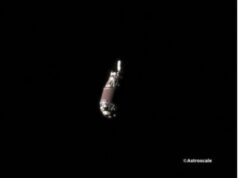India pushes ‘eco-miracle’ seaweed
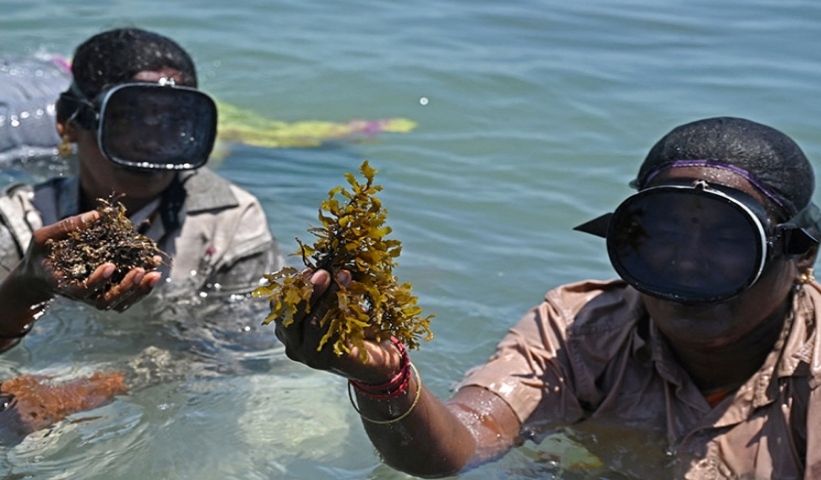
Yes, India is the world’s third largest carbon emitter, behind China and the US, and has yet to set a target date for its emissions to reach net zero. India is fully aware that carbon emission needs to brought to zero at the earliest to save the planet.
However it will not be coerced into giving any date in a hurry by any European Nation, USA or China, no matter what. The Europeans and the Americans have devastated the world for last three hundred years and now trying to shift the blame for earth ‘s warming on India and China.
India is a rapidly growing country and has already overtaken Europe in GDP in PPP terms. It needs massive supply of energy for consumption by its industry and the masses. The Indian thorium based nuclear reactors are still 10 to 15 years away before they are in enough numbers to solve the energy problem forever. However till that time a large percentage of power is going to be coal based.
In case the Europeans want I die to give up coal then they have to supply the required technology to India at a reasonable rate, otherwise perforce India will carry on with Coal.
However on its own, India has been increasing the production of Solar, Wind and Hydro power also as a share of total electricity production. It has also introduced new norms for controlling Vehicular and other sources of carbon emission.
Now India has also started to concentrate on seaweed which is being hailed by scientists as a miracle crop that absorbs more carbon dioxide than trees.
Government both Centre and State are now working to see how seaweed farming could help reduce the impact of greenhouse gas emissions, reverse ocean acidification and improve the marine environment, as well as providing a sustainable livelihood for marginalised coastal communities.
” It requires a lot of hard work, but I am able to earn good profits from about four months of work,” said Murgesan, a farmer who makes 20,000 rupees each month farming the fibrous macroalgae.
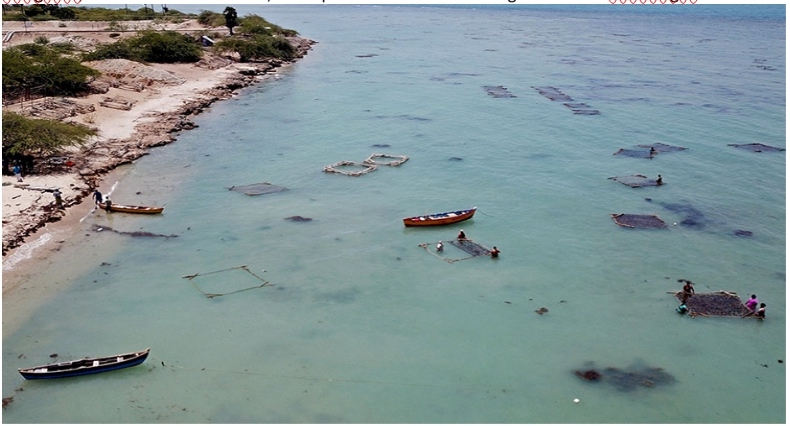
Women work to cultivate fronds of seaweed.
M. Ganesan, a government marine scientist, said seaweed provides a possible way forward as coastal habitats and wetlands absorb five times more carbon than terrestrial forests.
“It is a miracle crop in many ways, it is eco-friendly, it doesn’t use land or fresh water. It absorbs carbon dioxide dissolved in water during photosyntheses and oxygenates the entire marine ecosystem,” said Ganesan.
India, which has an 8,000-kilometre (5,000-mile) coastline, is now aiming to boost production from the current 30,000 tons to more than one million tons each year by 2025.
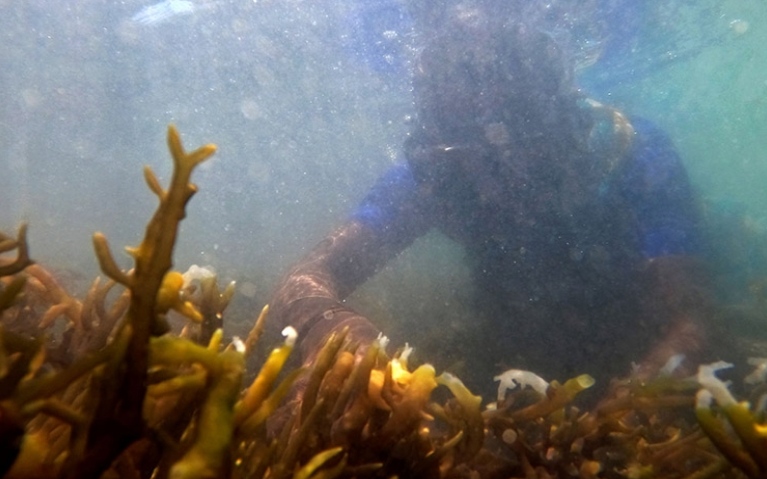
A woman harvests wild seaweed.
Globally, seaweed production was worth around $12 billion in 2019 and is expected to grow to $26 billion by 2025, with China and Indonesia having 80 per cent of the market share.
Food, fuel, fertiliser
The tropical waters of Tamil Nadu form an ideal environment — with one raft yielding up to 200 kilos in around 45 days.
The product is then sent for sale in markets nationwide as well as the US and Australia through AquAgri, a private company that promotes algal cultivation in India.
Popular in East and South East Asian cuisine, seaweed is also used in medicine, cosmetics, bio-fertiliser and bio-fuel.
Grow what we need
Seaweed does not require fertiliser, freshwater, or pesticides. Kelp, one of the most commonly farmed types, grows at a rate of 61cm a day.
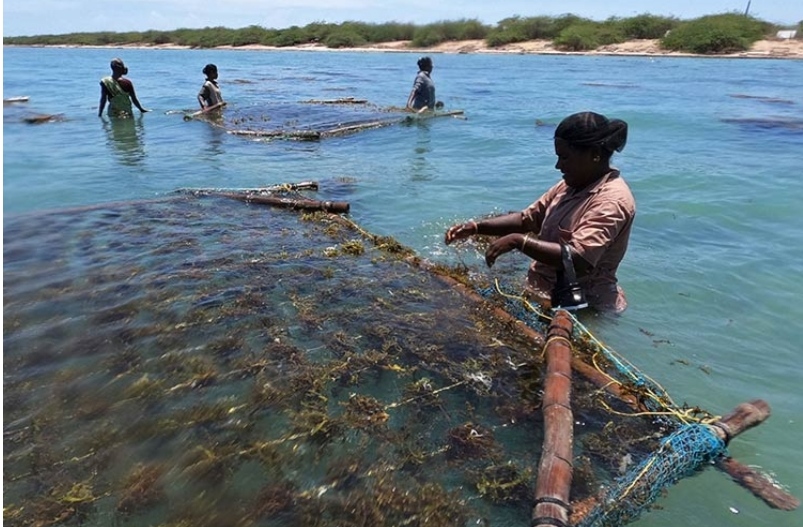
Women work to cultivate fronds of seaweed in bamboo rafts.
They absorb an estimated 173 million metric tons of carbon each year — the same annual emissions as New York State, according to a 2016 paper in Nature Geosciences.
As well as absorbing carbon dioxide when it is alive, when it dies and drops to the seafloor, seaweed also keeps carbon in the sediment, Ganesan added.
However scientists say there can be downsides to farming it.
“Overharvesting seaweed has its drawbacks because it forms the food for many reef dwelling creatures like sea urchins and reef fish,” said marine biologist Naveen Namboothri, from Dakshin Foundation, adding that extraction could disturb the reef.
Conscious of these risks, the farmers work for only 12 days a month and don’t harvest during the main fish breeding season, between April and June.
Seaweed farmer Vijaya Muthuraman, who never went to school, relies on traditional knowledge.
“We only grow as much as we need and in a way that doesn’t harm or kill the fish,”


